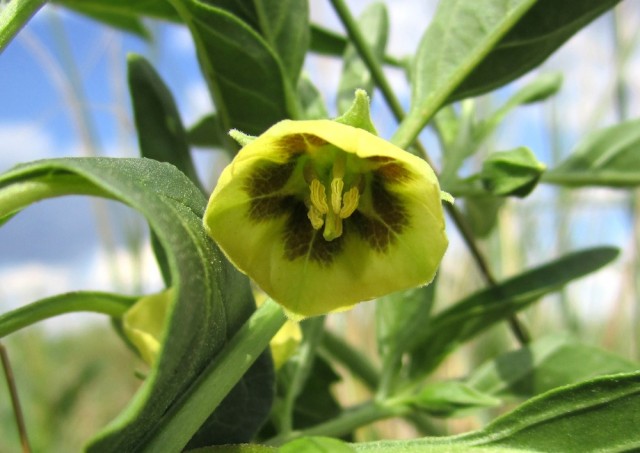
Some of the most successful drugs we know about have come from plants, including the cancer drug Taxol, the malarial treatment artemisinin, and even aspirin. The latter two were identified because of their use in herbal remedies that targeted known symptoms.
Many plants produce a complex mixture of chemical compounds, and the lure of finding new drugs has resulted in what has been termed "bioprospecting," or searching plants for compounds that have activity in various drug assays. Choosing plants that are already used in traditional herbal remedies would seem to be the right place to start, but it's not clear which (or what percentage) of these remedies are based on anything more than a placebo effect. Now, a study in PNAS suggests that a combined knowledge of evolution and local lore might hold the key to finding the plants with the best chance of producing a useful drug.
The challenge of working with plants that are used as herbal remedies is that there are so many: most indigenous cultures seem to have had them, and most involve plant species that don't have a global range. In addition, some of the more popular ones seem to have been shared between cultures, and it's not clear whether that is a product of their effectiveness.
How do we make sense of all this mess? The authors of the new study make two assumptions to help narrow things down. The first is that, if a remedy is successful, it will be discovered by more than one culture. The second is that a given remedy wouldn't be limited to a single species, but is likely to be made by that species' closest relatives.
What that means is that cultures are in geographically remote locations will have a similar set of remedies made from plants. But, because they are so far removed from each other, they generally won't have access to precisely the same species, but will be able to identify closely related ones. So, if you can identify closely related species that are used for similar purposes by different cultures, chances are this group contains a product with interesting properties.
To test this, the authors obtained information about medicinal plants used by cultures from three very distinct locations: Nepal, New Zealand, and South Africa. They then compared these plants to a list of species that we have an evolutionary history for, primarily from DNA sequence comparisons. Each area had thousands of plants, and a fraction of these were used for medicinal purposes (under five percent for everywhere but Nepal, which used 14 percent of the available plants).
The authors identified all the medicinal plants on the evolutionary tree, and then looked for cases where a species in a given genus that were used in all three cultures. These were dubbed "hot nodes," or groups of species that were frequently put to medicinal use in a given area. They found a hot node in one area was 38 percent more likely to predict the presence of medicinal plant used for the same condition in other areas than you'd expect by random chance.
This wasn't always statistically significant, so the authors examined the evolutionary tree as a whole. They found that hot nodes include 133 percent more medicinal plants than a random sample of species would.
Although the results weren't always significant, the authors consider the frequent identification of cross-cultural medicines as providing an important validation. "That we recover a phylogenetic signal in our cross-cultural comparisons is strongly indicative of independent discovery of efficacy," the write, "and provides unique large-scale evidence that plant bioactivity underlies traditional medicine." In other words, although some of these remedies may be placebos, the tendency of remedies to line up with evolutionary history across distant cultures suggests that there are real effects here.
Will this make developing drugs any easier? Here, the authors admit the message is a bit mixed. As it turns out, a comprehensive study to identify medicinal plants in a given country is a lot of work, so it isn't a simple solution. But it might pay off in the end. Not only can they help focus bioprospectors on the right plant, but also on the sorts of ailments it might work for, how it's administered, and so on. All of which could speed up the drug testing process considerably.
PNAS, 2012. DOI: 10.1073/pnas.1202242109 (About DOIs).
reader comments
29